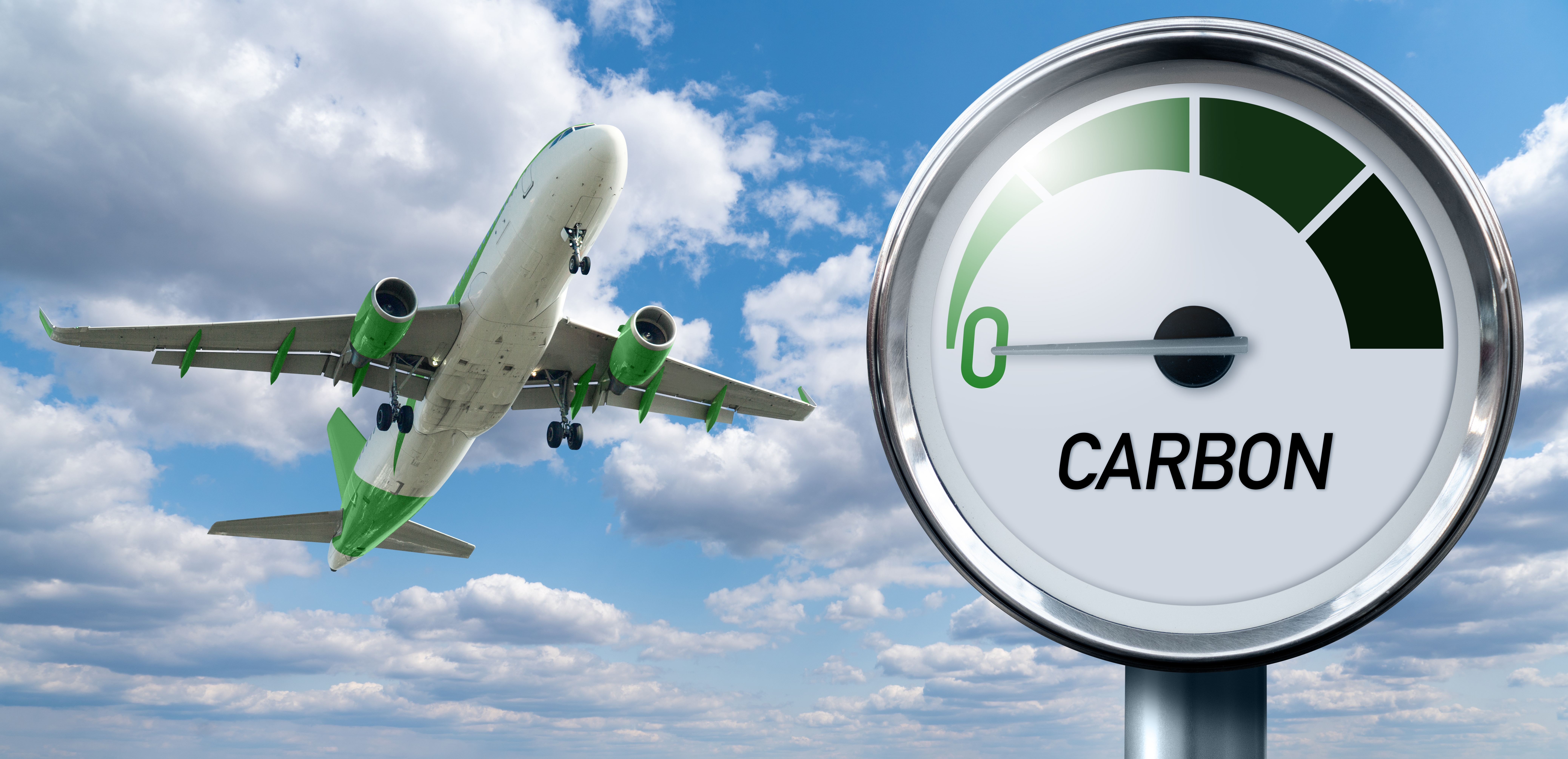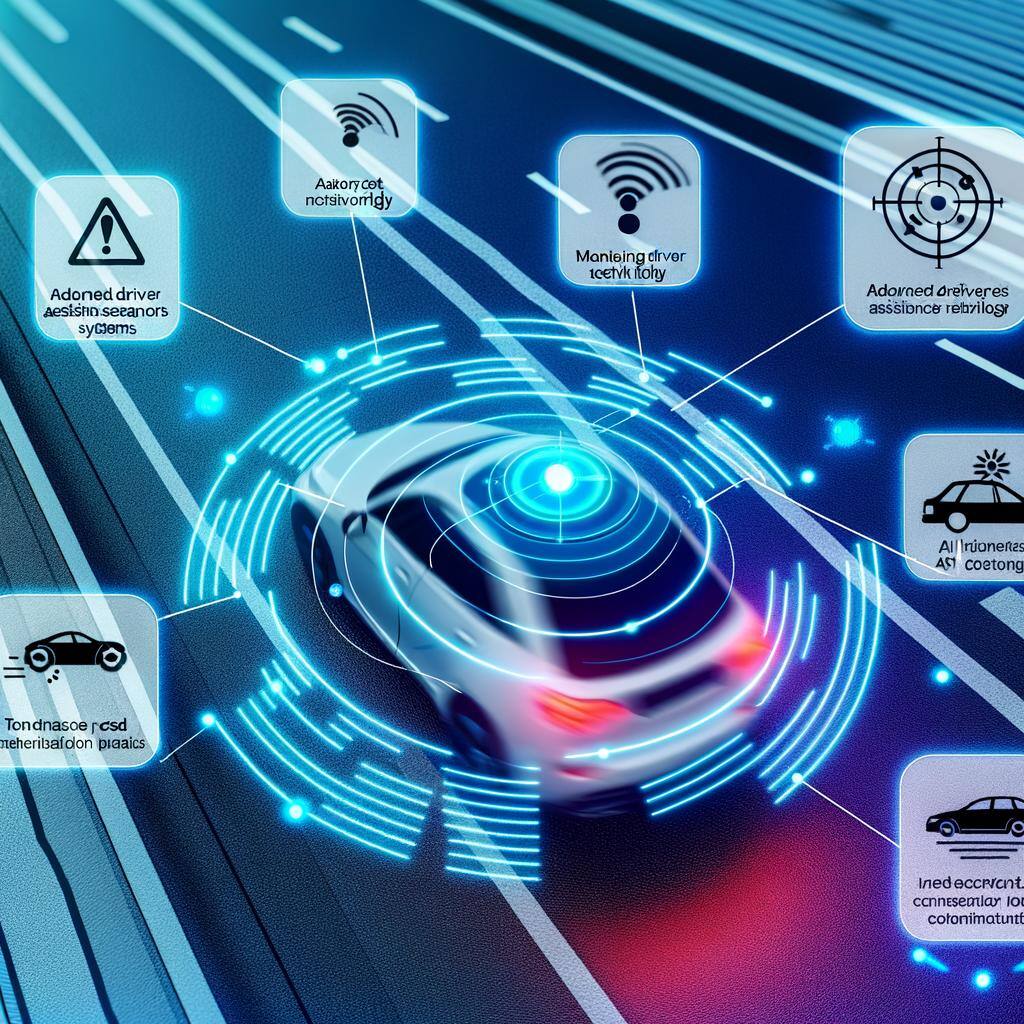Transportation DeCarbonization: Aviation Policy & Regulations

As we have been discussing, the US National Blueprint for Transportation Decarbonization breaks the Transportation sector into seven categories, each of which has its own targets for emission reduction/elimination, and strategies for how those declines in emissions will be achieved. The next category address in the Blueprint is Aviation.
Jet fuel combustion from international & domestic aviation comprises approximately 10% of total GHG emissions in the United States, with domestic emissions roughly equivalent to the emissions from international flights in & out of the country.
The “United States Aviation Climate Action Plan” is a whole of government approach to a net-zero target for aviation emissions by 2050. A key factor for the aviation sector is new technology in new aircraft engines to combat emissions. The “Sustainable Flight National Partnership” is working to develop a suite of aircraft technology to hit a 30% improvement target over today’s premier aircraft.
Aviation is a heavy demand growth sector, so in addition to new technologies for fuel economy, the overall plan for the sector includes optimizing other factors involved, such as optimizing take-off and landing patterns and surfaces, and infrastructure changes to mitigate aircraft congestion that results in wasted fuel and increases noise and pollution for nearby areas.
Sustainable aviation fuels, versus electrification type efforts, will be critical. SAF would allow a move to decarbonize without impacting the fundamental infrastructure of air travel. While drop in solutions like hydrogen and electrification are seen as viable for short distance travel – even if that were to happen 100%, flights shorter than 500 nautical miles only make up 50% of air travel and only 15% of sector emissions. The real culprit for the sector’s emissions is long 1000 nautical mile flights (largely cargo shipping) that account for 65% of emissions, despite being only 20% of total operations. Given those numbers, it's not so surprising to learn that even a 100% move to hydrogen or other carbon zero systems across all shorter flights (under 500 nautical miles) would not be expected to lower sector emissions at all, according to the UN’s International Civil Aviation Organization. As compared to this – the projected production and use of SAF (sustainable aviation fuel) across the segment could almost entirely decarbonize it by 2050, assuming the SAF industry production level of 35 billion gallons is met.
The steps outlined by the Transportation Decarbonization Blueprint are laid out for aviation as:
- Policy & Regulation – the Carbon Offsetting and Reduction Scheme for International Aviation (CORSIA) requires aircraft carriers to either use CORSIA eligible fuels or purchase carbon offsets. Because CORSIA is an international program, adherence to its regulations and rulings is critical to a global approach. Like vessels, the aviation sector is obviously international, which is a hurdle in terms of policy setting, as domestic application of new technologies and emissions regulations don’t necessarily translate into any impact on a global scale without buy-in and adoption from other nations and organizations.
- Research & Innovation – development of new technologies and sustainable aviation fuels to lower emissions. The process will include SFNP flight simulations to enhance environmental efficiencies. Modernization of the National Aerospace System to support emerging technologies and optimize fuel efficient trajectories and patterns. Ongoing collaboration across government and private sector agencies with the Commercial Aviation Alternative Fuels Initiative.
- Expand Stakeholder engagement and partnerships: much focus on this sector must deal with the international nature of aviation, as mentioned previously. Measures to lower emissions and mitigate climate impacts will need to be incentivized in a manner that encourages international adoption of, and adherence to multilateral, multinational agreements. This is obviously no small challenge and will be a critical factor in how we see changes across the segment over time.


